Can You Use Your Gaming Laptop for Video Editing?
So you're thinking about plunking down some major cash for a gaming laptop with plans to have it moonlight as a video-editing system. But you have some concerns about whether your snazzy, new PC can tackle the challenge. The short answer is that, in all likelihood your rig can help you trim your videos and add transitions and all kinds of fancy effects.
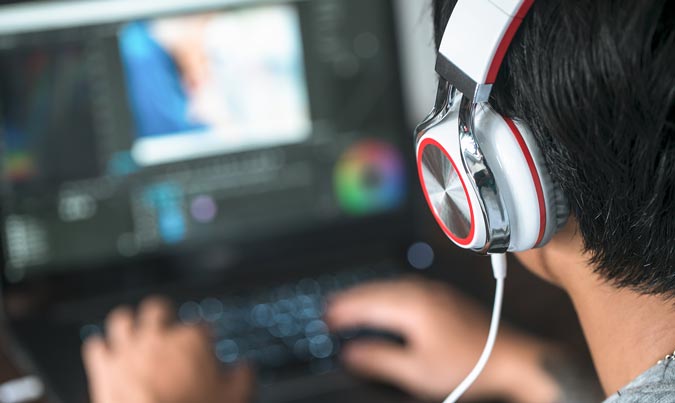
But before you buy anything, take a bit of time to learn about PC video-editing requirements and what gaming laptops can and can't do.
The Difference Between Workstations and Gaming Laptops
For video editing on a laptop, people tend to think of mobile workstations like Apple's MacBook Pro, Dell's Precision line or Lenovo's ThinkPad P series. Typically available in sizes of between 15 and 17 inches, workstations are loaded up with powerful processors, high-resolution panels, a lot of RAM and powerful business-class GPUs, often from Nvidia's Quadro line..
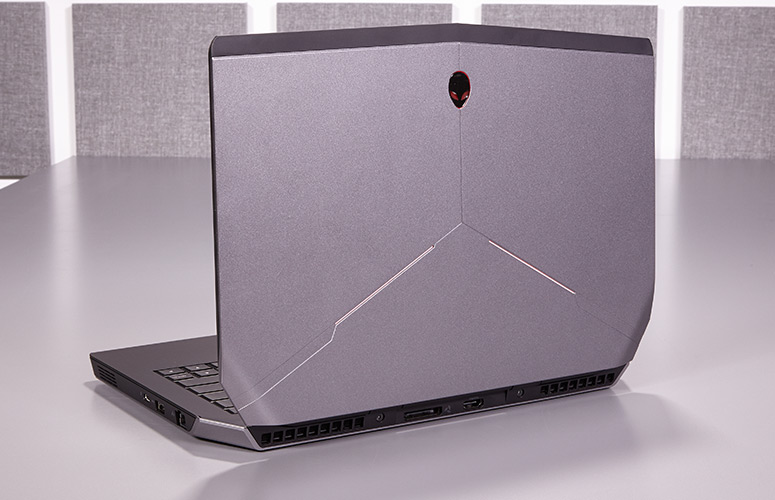
Depending on the system, the display (minimum 1920 x 1080) is color-calibrated in the factory and the machine offers software for you to tweak the settings if you so desire. The end game with a workstation is accuracy and stability, which means that components such as Quadro GPUs and Intel Xeon processors operate at lower clock speeds than gaming-friendly Core i5/i7 or Nvidia GeForce chips.
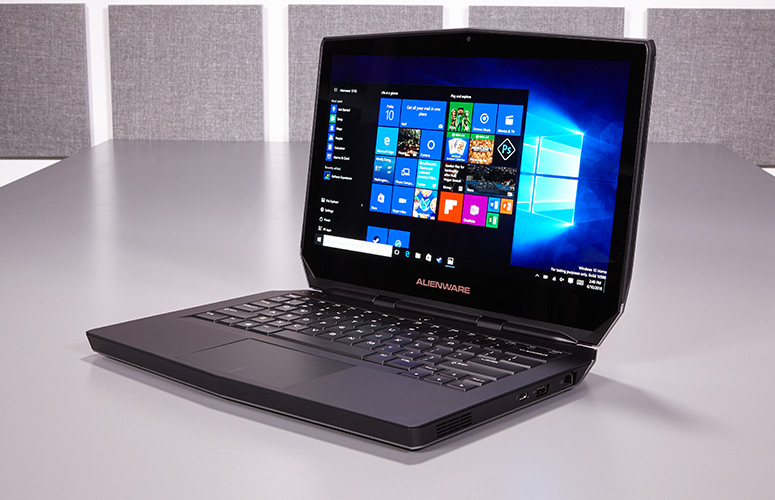
If a workstation is a three-piece suit, then a gaming laptop is a sweet set of jeans with a badass bomber jacket and some aviator sunglasses. You can get a portable 13-inch system like the Alienware 13 or a hulking behemoth like the Acer Predator 21 X. Most gaming laptops are guaranteed head turners, with their myriad of flashing, customizable lights and aggressive designs that mimic sports cars and stealth jets.
MORE: Best Video Editing Software Under $100
Stay in the know with Laptop Mag
Get our in-depth reviews, helpful tips, great deals, and the biggest news stories delivered to your inbox.
Gaming laptops are also loaded up with powerful specs, and on more premium systems, you'll find software to adjust fan and clock speed as well as power output. You can also set macros and track your keystrokes if you're into that sort of thing. Where workstations focus on precision, gaming laptops are designed for speed and performance.
CPU and RAM
When it's time to edit your latest video masterpiece, your CPU is going to be processing a lot of information. That means you're going to need a system capable of handling a heavy workload. Video rendering tasks the processor with computing data fast enough to show and update images without any noticeable latency. The more cores your CPU has, the faster it will be able to compute all that data, so the job will be completed more quickly. Luckily, Intel gaming laptops are equipped with multicore processors that can get the job done. For Intel gaming rigs, a Core i5 CPU is the minimum recommended processor.
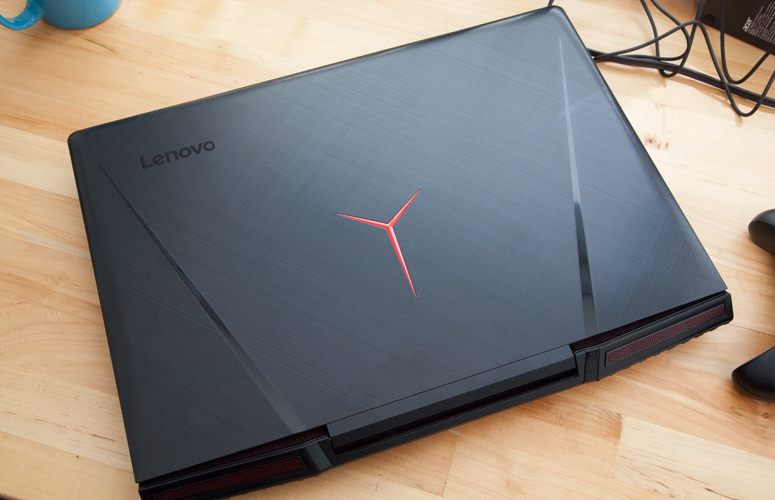
The RAM also comes into play, as that's where the video data in the system is being cached and previewed before being processed. For video editing, the more RAM you have the better, so while you can probably skate by with 4GB of RAM, I'd recommend 8GB or 16GB. If there's not enough RAM, you run the risk of having to render everything again because the RAM had to dump whatever it was holding before it was properly rendered.
MORE: Here's a Guide to How Much RAM Your Laptop Needs
Most workstations are equipped with professional-grade processors like an Intel Xeon CPU or AMD A-Series APU. These processors have lower clock speeds than the conventional processors found in gaming laptops and, unlike those processors, lack any overclocking ability, due to thermal constraints.
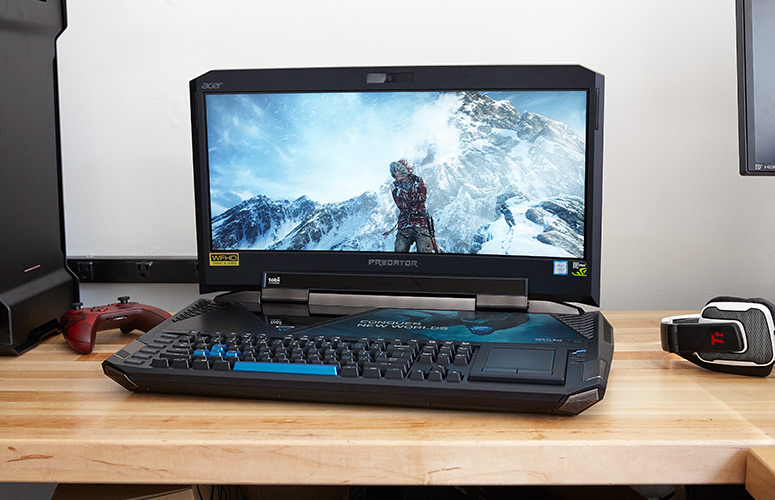
Workstations are also equipped with specialized memory called ECC (error-correcting code) RAM, which helps keep errors at a minimum by detecting and correcting data corruption. ECC RAM has a memory system that's immune to single-bit errors. That means that the data being delivered to the CPU is always written as it was read from the hard drive, so there's no threat of error. This is important if you want to ensure a perfect render.
GPU
Depending on the video-editing program, your system's graphics card will take some of the workload off of the processor. So it's important that your laptop has a powerful GPU that can handle the strain.
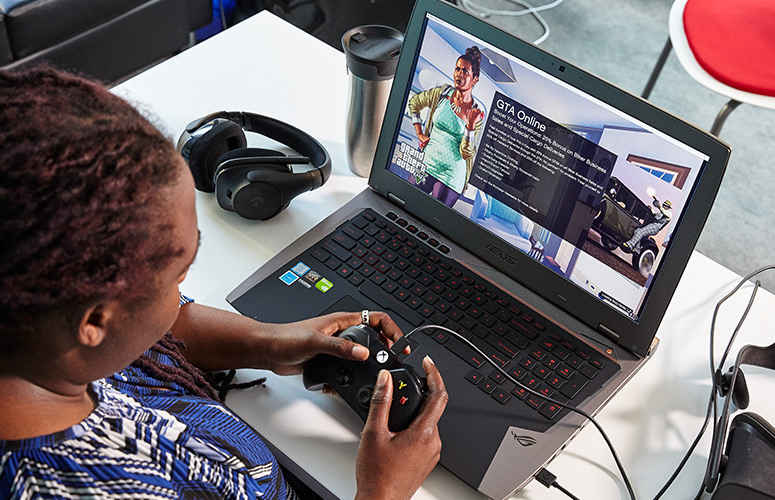
There are several types of GPUs that are typically used in workstations: Intel Iris Pro, Nvidia Quadro and AMD FirePro. Each of these GPU is optimized for precision rather than speed, which is why some have lower clock speeds than their gaming-optimized counterparts. The lower speed allows for a more stable system that's ideal for processing 10-bit color (a deep color measurement used to describe bits per pixel) and rendering video. This is why workstations deliver lower frame rates on games than ordinary GPUs do.
Consumer graphics cards like an Nvidia GeForce GTX 1070 can be overclocked to squeeze every bit of speed out of the card. This is great for gaming, but not so much for video editing. However, since most gaming laptops come with overclocking software, you can easily adjust the clock speed to levels optimal for rendering.
MORE: Help Me, LAPTOP: I Need a Sub-$700 Video Editing Laptop
Another key difference between consumer and professional-grade GPUs is the software. Most workstation GPUs are also validated and certified with many popular professional applications such as AutoCAD and Adobe Premiere Pro. Regular graphics cards don't offer those certifications, and while these cards won't experience any problems when running the software, the program might not run as smoothly.
Show Your Work
It's easy to speak in definitions and theoreticals, but the proverbial proof is in the pudding. We pitted the Lenovo Legion Y920, a gaming laptop, against the Dell Precision 7520, a workstation, to see which laptop could encode a 4K, 6.3GB copy of the short film Tears of Steel faster using HandBrake, a free, open-source video transcoder.
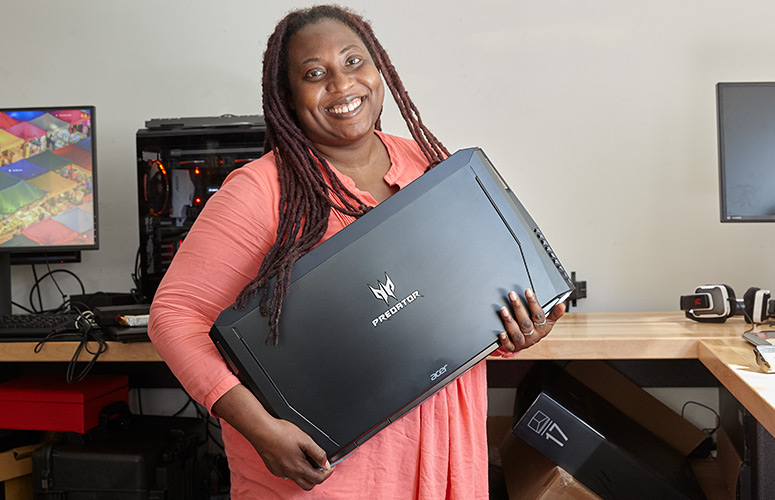
The Y920 is equipped with an overclockable 2.0-GHz Intel Core i7-7820HK CPU, 64GB of RAM a 512GB PCIe SSD with a 1TB 5,400-rpm hard drive and an Nvidia GeForce GTX 1070 GPU with 8GB of VRAM. Its counterpart, the Precision 7520, has a 3.1-GHz Intel Core Xeon E01535M v6 CPU with 32GB of RAM, a 512GB M.w PCIe Class 50 SSD and an Nvidia Quadro M2200 with 4GB of RAM.
When it was all said and done, the laptops were nearly in a dead heat. The Y920 completed the task in 12 minutes and 14 seconds. However, the Precision 7520 was a hair faster, with a time of 12:13.
Anything You Can Do...
So can a gaming laptop run video software? Absolutely. Most gaming laptops are crammed with high-powered specs designed to play games smoothly and at high frame rates. Although high-end programs like Adobe After Effects CC have recommended certified CPUs and GPUs, most graphics applications will work as long as you have the minimum required RAM and video memory. There's a small risk that video won't render properly on a gaming laptop, introducing freezing and unsightly pixels, but you can fix that with a quick redo.
Ultimately, if you want the piece of mind that comes with getting perfect renders every time, you should invest in a workstation. But a gaming laptop can create great video projects, and when you're done with a piece, you can kick back and play a few games.
Top Image Credit: Shutterstock. All Other Credits: Laptop Mag.

Sherri L. Smith has been cranking out product reviews for Laptopmag.com since 2011. In that time, she's reviewed more than her share of laptops, tablets, smartphones and everything in between. The resident gamer and audio junkie, Sherri was previously a managing editor for Black Web 2.0 and contributed to BET.Com and Popgadget.
